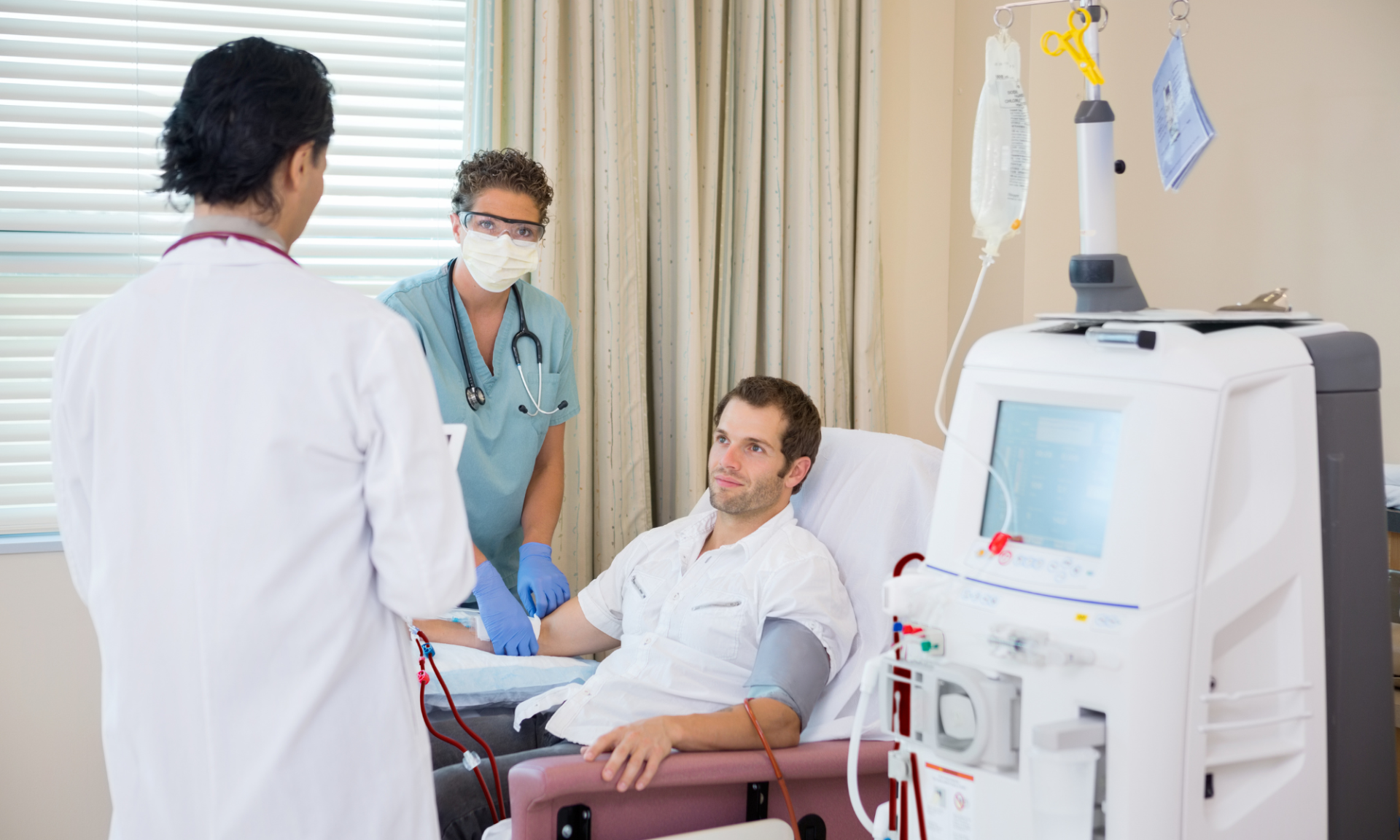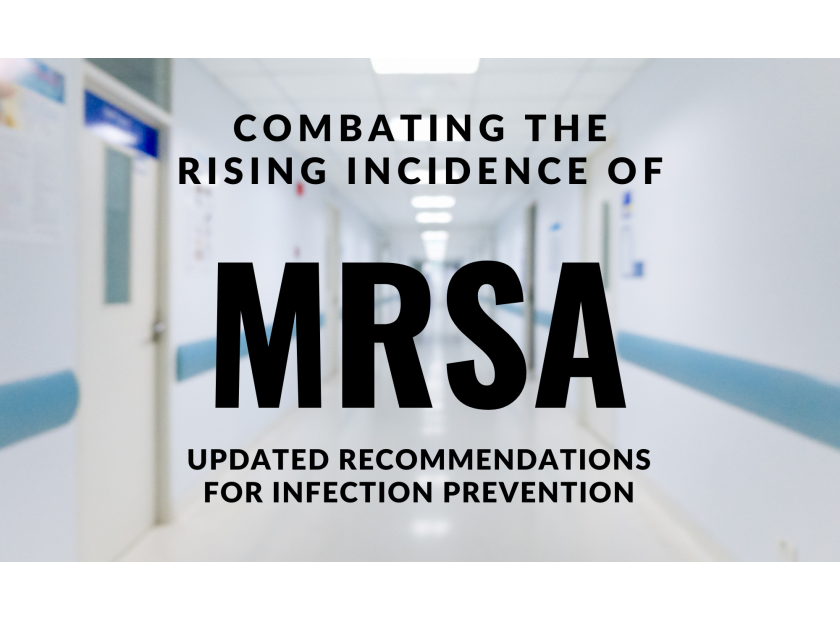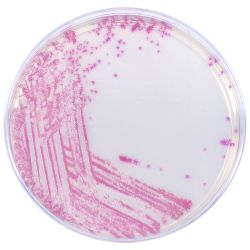New Recommendations to Combat Rising Rates of MRSA Infections
Earlier this year, a group of five medical organizations released updated recommendations for the prevention of methicillin-resistant Staphylococcus aureus (MRSA) transmission and infection.
MRSA causes approximately 10% of hospital-associated infections in the United States and these infections are associated with an increased risk of death. Certain infections caused by MRSA rose by as much as 41% during the pandemic after falling in preceding years. In a published article in the Society for Healthcare Epidemiology of America (SHEA), the senior author of the updated guidance and editor of the journal of the Society for Healthcare Epidemiology of America, David Calfee, M.D., said, “The enormous strain put on healthcare during the pandemic may have contributed to the observed increase in some hospital infections. We have data that show MRSA infections rose. The evidence that informs these recommendations shows that we can be successful in preventing transmission and infection. We can get back to the pre-2020 rates and then do even better.” [1]
What are the updated recommendations for preventing MRSA transmission and infection?
The updated recommendations aim to assist acute-care hospitals, elevate antimicrobial stewardship from an “additional practice” to an “essential practice.” When someone who is colonized with MRSA receives treatment with antibiotics for another infection, they may have a higher risk of developing MRSA infection and may be more likely to transmit MRSA to others. Avoiding unnecessary use of antibiotics may decrease these and other risks associated with antibiotic use, such as C. difficile infection. [1]
The guidance describes other practices such as surveillance to detect asymptomatic MRSA carriers and continued diligence among hospital workers for patient contact precautions and proper hygiene practices.
Who can be affected by MRSA?
We now recognize that infections with MRSA occur in three specific groups of people.

Hospital-Associated MRSA
Usually is the result of a nosocomial infection, often acquired following a surgical or invasive medical procedure during a hospital stay.

Healthcare-Associated MRSA
Persons with recent hospitalization or ongoing contact with medical clinics, dialysis units, or those undergoing complex outpatient treatments

Community-Associated MRSA
Occurs among community-dwelling individuals without recent hospitalization or encounters with the healthcare system.
Who is most at risk for getting MRSA?
Anyone can become colonized and then infected with MRSA, although certain people are at a higher risk. Some of the risk factors include:
Having a surgical wound and/or intravenous (IV) line; prolonged hospitalization; recent use of antibiotics; immunocompromised status; and being in close proximity to other patients, family members, or healthcare workers who are colonized with MRSA. In hospitals and other long-term healthcare facilities, MRSA can be spread from one patient to another on the hands of healthcare workers. Hands may become contaminated with MRSA when healthcare workers touch a patient's skin, wounds, wound dressings, or devices, such as IV tubing.
Community-associated MRSA (CA-MRSA) risk factors include: Having skin trauma (eg, "turf burns," cuts, or sores); athletics; shaving or waxing to remove body hair; tattoos or body piercings; physical contact with a person who has a draining cut or sore or is a carrier of MRSA; and sharing personal items or equipment that is not cleaned or laundered between users (such as towels or protective sport pads). CA-MRSA infections may occur more commonly in certain populations, such as daycare centers, prisons, in the military, or in athletes who play on a team. Spread of MRSA within households is common. Some people infected with CA-MRSA have signs of a skin infection. Such skin infections may appear spontaneously and, in some cases, may be mistaken for a spider bite. [2]
It is also possible to develop an infection in areas other than the skin if the bacteria enter the bloodstream through an opening in the skin. Infection can then develop on a heart valve, in a bone, joint, or the lungs, or around devices such as an intravenous line, pacemaker, or replacement joint. Patients with skin infections can be tested for MRSA with a culture. MRSA infections of the lung, bone, joint, or other internal areas usually require blood tests as well as imaging studies (eg, x-ray, computed tomography scan, echocardiogram).
Hardy Diagnostics offers a selective and differential culture medium that facilitates the isolation and identification of methicillin-resistant Staphylococcus aureus (MRSA)
HardyCHROM™ MRSA



Color readout Interpretation:
This chromogenic medium simplifies the identification of MRSA infections. MRSA grows in the presence of chromogenic substrates that produce deep pink to magenta colonies. Color development is bright, distinct and easy to read.
Features and Benefits:
- Distinct bight color change read-out
- Highly sensitive and specific
- Compatible with automation
- FDA Cleared
- Minimal training required
- Saves time and money
Interested in more information? Contact us below!
Meet the author

CLINICAL PRODUCT MANAGER at HARDY DIAGNOSTICS
Megan Roesner, B.A. Journalism and Mass Communications
Megan is a seasoned writer and marketing professional who comes from a background in television journalism, followed by fifteen years leading mulitple hospital marketing and communications teams with the largest not-for-proft health system in the U.S. Megan has won numerous tv, writing and marketing awards and is a member of a number of professional public relations and marketing associations. Her passion for continuous professional challenges and life-long learning led her to Hardy Diagnostics. Megan is proud to work amongst a wonderful marketing team surrounded by experienced microbiologists and scientists who constantly push for the latest and greatest products to help diagnose and detect disease. In her current role, Megan is in charge of product development and marketing Hardy's clinical category which encompasses hospitals and health systems, clinics and research institutions, higher education and veterinary diagnostics. In her free time, Megan enjoys being a mom to her two very active boys, cats, a dog, a very old goldfish and 24 chickens.








